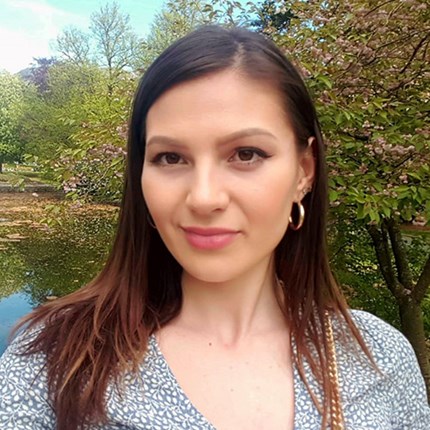Strategic Renewal in Established Firms
Exploring Identity Processes in Structurally Ambidextrous Firms.

A classic tension faced by mature, successful firms, has to do with balancing exploitation of today’s business and exploration of new markets and technologies.
A well-known solution is structural ambidexterity, which implies the creation of a separate organizational unit that can engage in innovation activities without the interference of the established unit.
As the innovation unit matures and develops its own distinct capabilities, bringing the unit back again into the established unit can contribute to a strategic renewal of the established firm.
Since organizational integrations in general are known to pose a threat to an organization’s pre-integration identity, I wanted to explore: How does organizational identity evolve over time in structurally ambidextrous firms?
Based on a qualitative embedded case study, I show how the ambidextrous firm, as it separates and reintegrates the innovative unit, undergoes an organizational identity process consisting of three phases: 1. Creating space for new identity, 2. Forming distinct identity, and 3. Renewing old identity.
The findings suggest that the bigger the gap between the established firm’s current identity and the identity needed to succeed with a new technology, the more separate an innovative unit should be kept, both in terms of physical location and degree of interactions with the established unit.
In contrast, when the gap is not profound, the units may engage in much more interactions, share physical space, and exploit synergies from cooperation, while not compromising the innovative unit’s ability to pursue exploration.
The findings further suggest that the more separate the exploratory unit is kept, both physically and operationally, and the more the unit manages to form an identity independent of the established unit as a result, the higher is the potential for renewal of the established firm’s old identity.
However, in order to realize that potential, the exploratory unit must gain legitimacy in the eyes of the established unit and be perceived as the firm’s future, creating readiness in the established firm to redefine its old identity.
As such, this study suggests structural ambidexterity as a specific managerial tool that can be used to achieve not only strategic renewal, but also identity renewal, of the established firm.
Supervisor: Inger G. Stensaker
